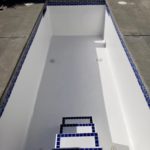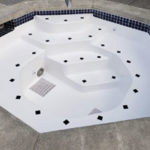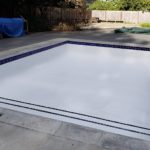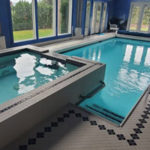Fun fact: a typical adult American will visit swimming pools six times a year. Imagine that number, and you will figure out that swimming pools do not only open during summer. All year round, someone will surely want to splash into the man-made waterscape.
Commercial swimming pools are more likely to sustain damage than residential swimming pools due to their high traffic. This proves you need commercial swimming pool resurfacing to prevent further damages and repair apparent issues that need immediate attention. It’s a good thing Las Vegas pool repair is available to help you figure out if your pool needs emergency attention.
Here is a quick summary of pool materials and when to typically resurface them.
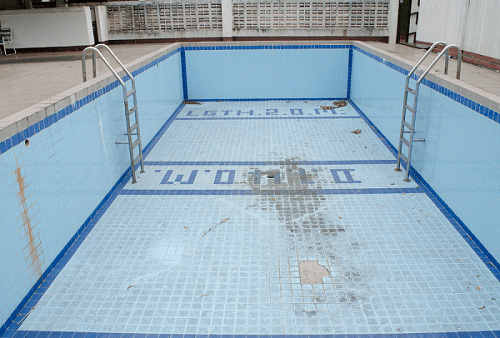
How Often is Swimming Pool Resurfacing Needed
Concrete pools or plaster requires resurfacing every 3-7 years. It is not enough that you know a specific duration? Let’s tackle deeper how “often” is often.
It is not enough to wait 3-7 years before you apply to repair and improvement. Take a quick look at these various pool materials with the ideal time to resurface.
- Pool plaster- 5 to 7 years
- Concrete pools- every 7 to 10 years
- Fiberglass pool- every after 10 to 15 years
- Pebble finish pools- every after 15 years
- Quartz finish – after every 15 plus years
- Other pool materials- every five years minimum
What if you got materials such as tiles and plaster that need resurfacing every five years?
Good news: With regular maintenance, you may extend the life of pool materials, lowering your pool restoration costs.
Don’t wait for your pool to become a total mess. You can prevent apparent damage as soon as they appear.
Resurface When You See These Signs
It’s not about a specific timeline when to decide to resurface pools. Instead, it’s more about seeing the onset of damaging factors that will require you to pay a higher price for new materials and laborious jobs.
Take note of the following issues that tell you when you need to plan for resurfacing.
1- Resurface the Pool When You See Color Faded and Looks Outdated
Concrete coloring from pools cannot be restored by simply cleaning and washing the surface. The pool water chemistry dilutes coloring agents. For that reason, you need to resurface the pools.
You can use decorative pool resurfacing methods with the use of stains or acrylic-based coatings.
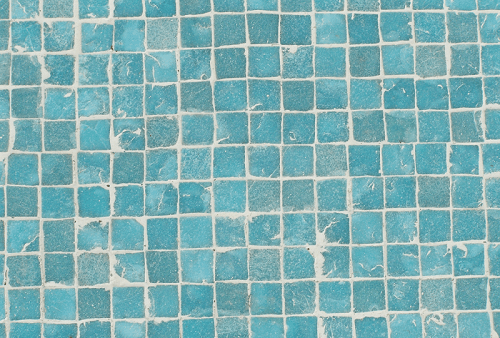
2- Resurface Pool When There are Apparent Cracks
Obvious cracks on the pool basin are a tell-tale sign that you need to resurface, pronto! The cracks are not the problem alone. This sign has more severe issues starting to build up from beneath the surface.
Cracks create the following problems:
- Muddy water from dirt for the soil underground
- Uneven pool surface causing injury
- Swimming pool users may trip over unseen cracks
3- Resurface When the Pool Exterior Becomes a Breeding Ground for Molds
Moldy concrete pool flooring is possible. You know that this happens when the surface becomes too slippery. A slimy-like feel touches your feet compared to when the concrete has a dense, non-skid feel.
Conclusion
Be sure to look at the surface condition. Take note of the crucial aspects such as the color, the texture, and overall sturdiness. We hope that these simple tips and advice helped you figure out when to resurface. Call local experts if unsure. It will save you from risky decisions and will help you save repair fees.
